Cheongdam Fashion Street (청담패션거리)
5.0Km 2022-09-06
Cheongdam-dong, Gangnam-gu, Seoul-si
+82-2-3445-0111
The street from the Cheongdam Station intersection to Galleria Department Store is lined with luxury brand stores and dubbed as “Cheongdam Fashion Street." Often frequented by celebrities, the area became a popular tourist destination for hallyu fans. Inside the alleys are famous restaurants, and with art galleries and boutiques popping up within the area, the street has gained a reputation as a cultural shopping street.
National Meteorological Museum of Korea (국립기상박물관)
5.0Km 2024-03-26
52 Songwol-gil, Jongno-gu, Seoul
A museum where one can look at Korea's meteorological observation history and technological development through exhibitions. The museum has the world's first rain gauge, invented in 1441, in the early Joseon dynasty. The museum operates approximately 350 meteorological observatories across Korea and focuses on promoting the uniqueness and excellence of Korea's meteorological science. There are permanent collections and special exhibitions. The permanent collections focus on the history of meteorological science in Korea. At the same time, the special exhibitions take a closer look at the history and information about meteorological science and natural disasters (e.g., earthquakes) that occurred in various regions of Korea. There are experience programs related to meteorological science, such as making a rain gauge or learning about rain gauges.
Hay - Garosu Branch [Tax Refund Shop] (헤이 가로수)
5.0Km 2024-04-18
34, Apgujeong-ro 14-gil, Gangnam-gu, Seoul
-
Uireung Royal Tomb [UNESCO World Heritage] (서울 의릉(경종, 선의왕후) [유네스코 세계문화유산])
5.1Km 2021-06-03
146-20, Hwarang-ro 32-gil, Seongbuk-gu, Seoul
+82-2-964-0579
Uireung is the royal tomb of King Gyeongjong (reign 1720-1724), the 20th ruler of the Joseon dynasty, and his second wife, Queen Seonui.
King Gyeongjong was the first son of King Sukjong and Janghuibin, who was one of King Sukjong’s concubines. King Gyeongjong, who was born weak and anemic, died four years after becoming the king, without any great political achievements. Uireung tombs differ from the other royal double tombs in that they are not placed side-by-side. Instead, according to geomantic theory, one tomb has been placed directly behind the other one. The arrangement also shows that when making tombs, Korean ancestors did their best to protect the natural environment. Another feature of Uireung Royal Tomb is the stone fence raised using twelve stone posts. Each post has a letter inscribed, representing one of the twelve sibijisin gods.
12minutes (트웰브미닛)
5.1Km 2023-08-22
68 , Achasan-ro 33-gil, Gwangjin-gu, Seoul
12minutes is a croissant and pastry shop that offers fresh and delicious desserts under the slogan "12 minutes, croissant at its best." 12minutes puts out fresh croissants and pastries every day. The bakery used to be an old paper mill, which inspired the owner to open a shop to create deliciously layered croissants in a place that used to produce sheets of paper. The remodeled bakery still retains the old charms of the paper mill.
Wolfgang's Steakhouse(울프강스테이크하우스)
5.1Km 2021-04-15
21, Seolleung-ro, 152-gil, Gangnam-gu, Seoul
+82-2-556-8700
One of the top 3 steak restaurants in the US. The representative menu is steak. This is a Western cuisine located in Apgujeong-dong, Seoul.
Pind Dermatology Clinic [Tax Refund Shop] (파인드 피부과의원)
5.1Km 2024-06-27
826, Nonhyeon-ro, Gangnam-gu, Seoul
-
WOOA Plastic Surgery (우아성형외과의원)
5.1Km 2025-07-07
B1 & 1F-3F, 825 Nonhyeon-ro, Gangnam-gu, Seoul
WOOA Plastic Surgery was formerly Regen Plastic Surgery and Dermatology in Apgujeong. It is run according to the treatment philosophy of Director Woo-jung Kim, the founder of Regen Plastic Surgery who earned a doctorate in plastic surgery at Seoul National University.
WOOA Plastic Surgery is a global comprehensive beauty brand encompassing plastic surgery, dermatology, and cosmetics, with the vision of providing responsible medical services and realizing elegant beauty for each patient.
The clinic is committed to ceaseless research with the goal of becoming a leading medical institution that produces leaders to drive medical developments in Korea. It aims to become a global comprehensive beauty brand, with employees who all prioritize customers' safety and rapid recovery.
Seoul Yakhyeon Catholic Church (서울 약현성당)
5.1Km 2020-03-26
447-1, Cheongpa-ro, Jung-gu, Seoul
+82-2-362-1891
Yakhyeon Catholic Church was established as a result of Korea gaining religious freedom in the 23rd year of King Gojong’s reign (1886) and the subsequent increase of the Catholic population. In 1891, Myeongdong Cathedral's head priest Doucet laid down the foundation stone in Hap-dong. Coadjutor bishop Coste was in charge of design and construction and the building was eventually completed in 1892. The church was named after "Yakjeonhyeon," or a hill of medicinal herbs. This is because the place where the church is located was once a hilly area covered with medicinal herbs. Later on, Yakjeonhyeon was shortened to Yakhyeon and it became the name of the hilly area between Malli-dong and Seoul Station.
Yakhyeon Catholic Church was the first Western-style church ever built in Korea. It's Gothic architecture features a 12-meter-wide and 32-meter-long cruciform construction with low arched windows and a pointed-arch entrance gate.
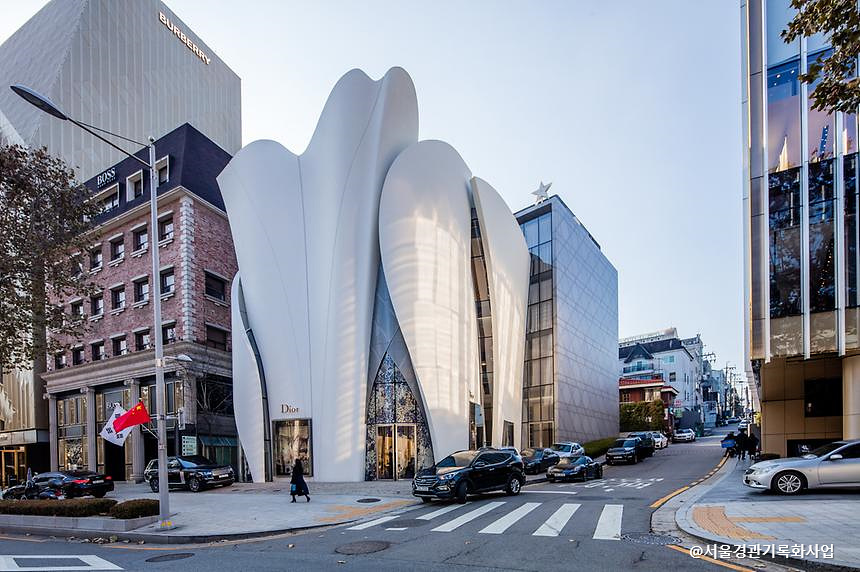
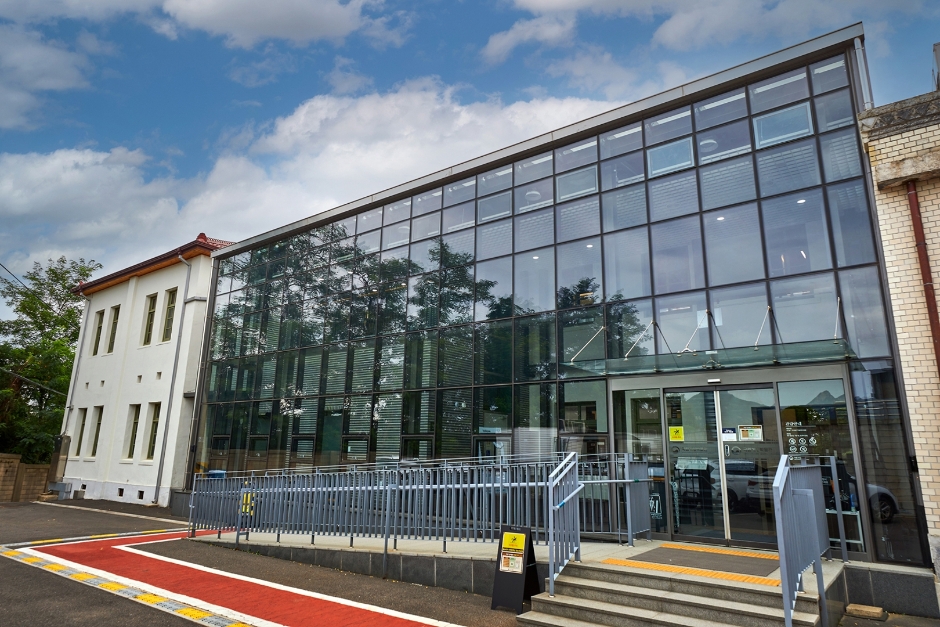
![Hay - Garosu Branch [Tax Refund Shop] (헤이 가로수)](http://tong.visitkorea.or.kr/cms/resource/64/2879664_image2_1.jpg)
![Uireung Royal Tomb [UNESCO World Heritage] (서울 의릉(경종, 선의왕후) [유네스코 세계문화유산])](http://tong.visitkorea.or.kr/cms/resource/80/2690680_image2_1.jpg)
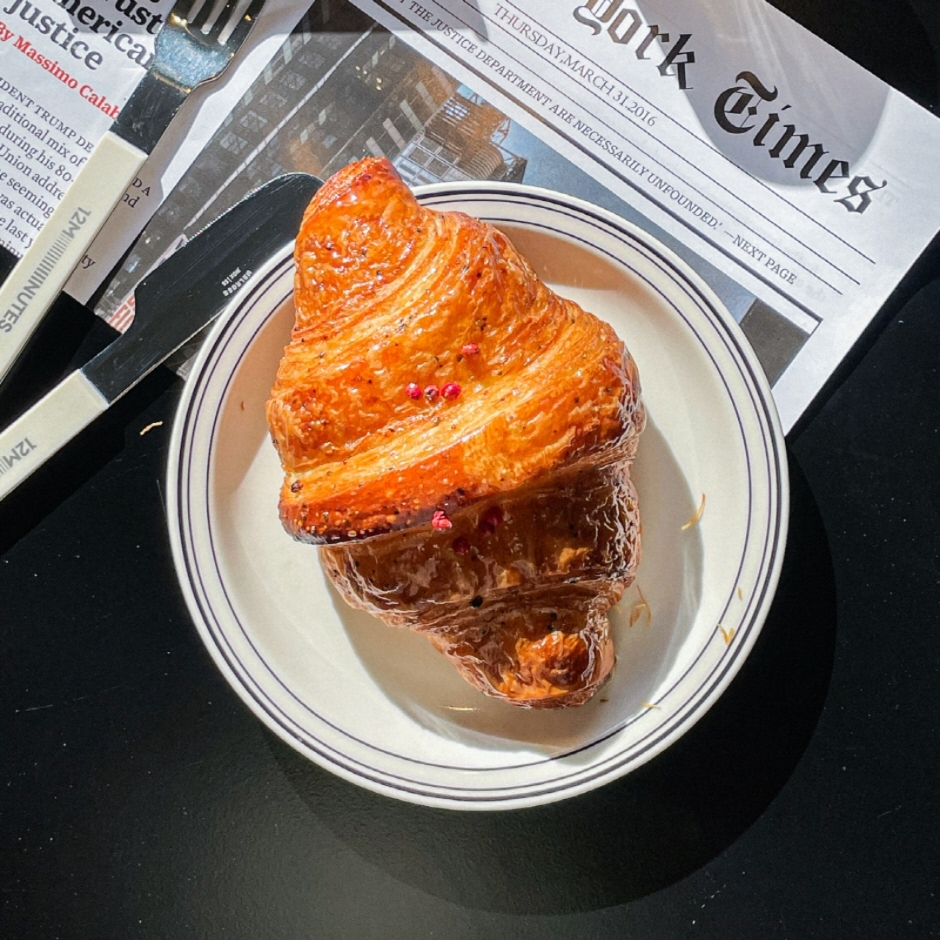
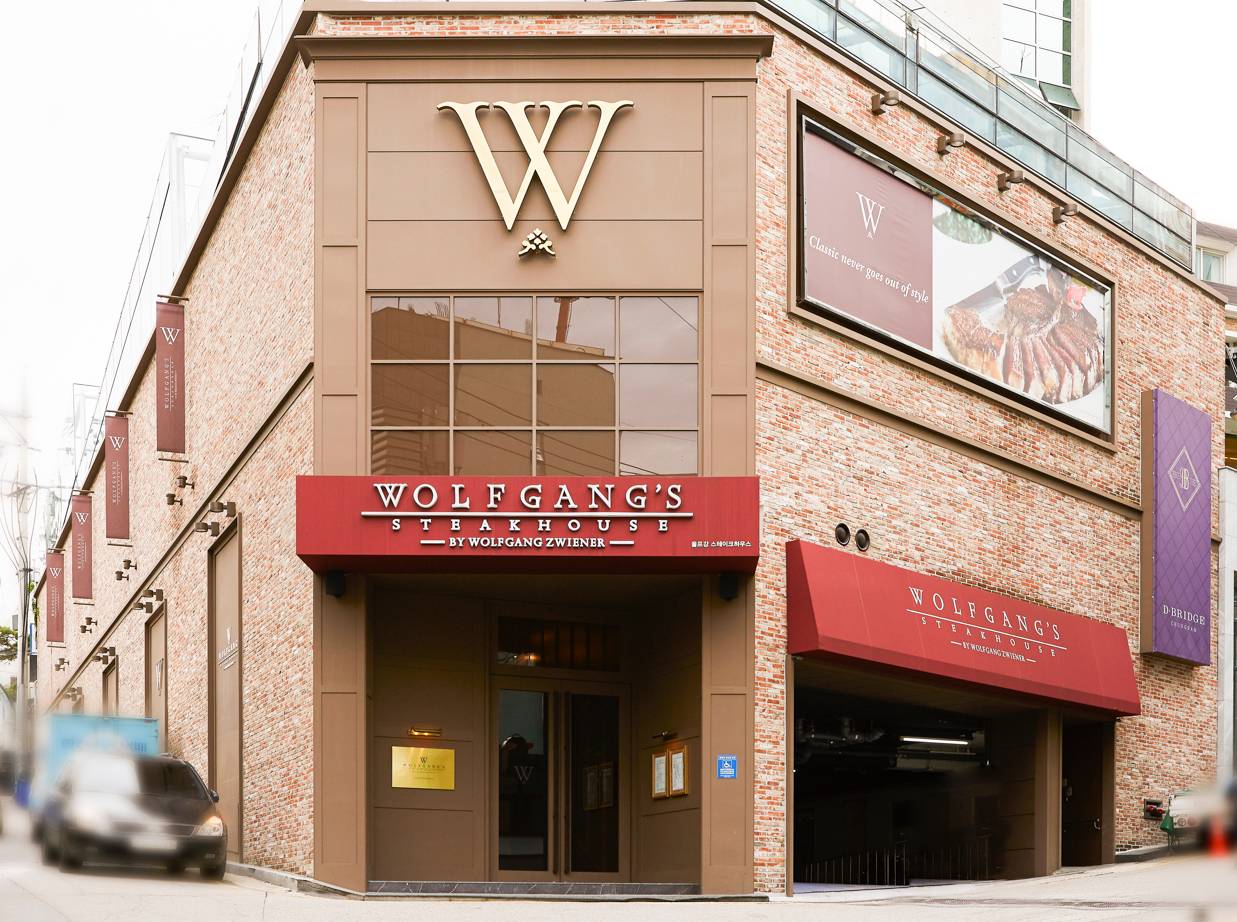
![Pind Dermatology Clinic [Tax Refund Shop] (파인드 피부과의원)](http://tong.visitkorea.or.kr/cms/resource/65/3314765_image2_1.jpg)
![Z hairline [Tax Refund Shop] (그녀의헤어라인의원)](http://tong.visitkorea.or.kr/cms/resource/40/3313340_image2_1.jpg)

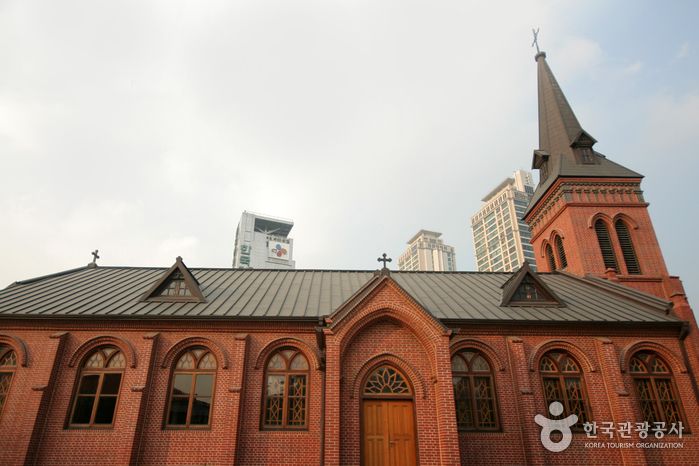
 English
English
 한국어
한국어 日本語
日本語 中文(简体)
中文(简体) Deutsch
Deutsch Français
Français Español
Español Русский
Русский